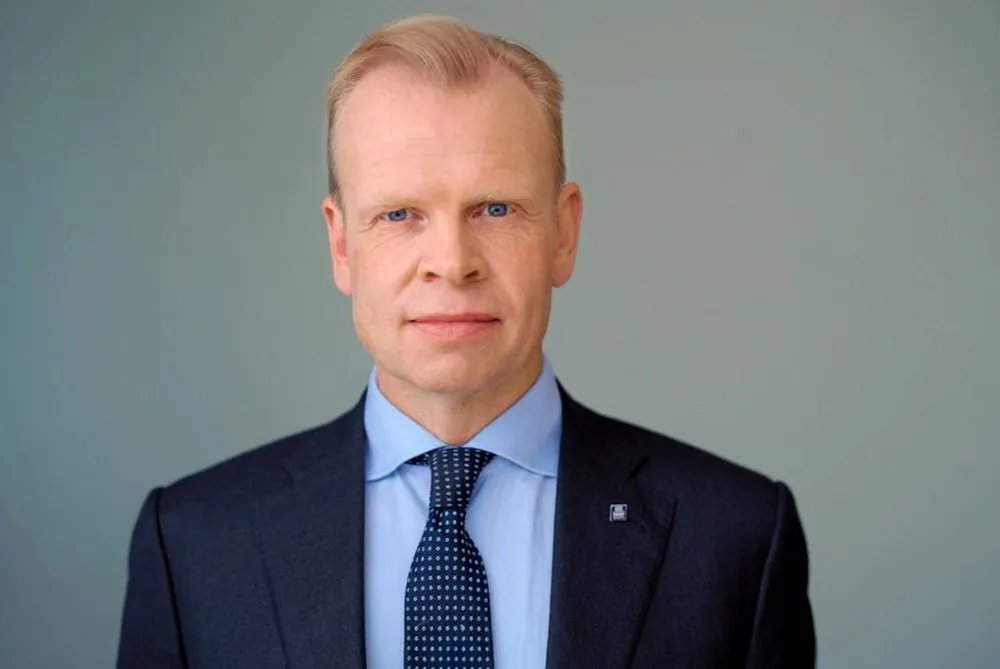Yara bets heavily on imports of hydrogen-derived blue ammonia as it postpones IPO for clean NH3 unit
Norwegian fertiliser firm believes its project portfolio is undervalued amid expected growing demand for blue ammonia in Europe

Norwegian fertiliser firm believes its project portfolio is undervalued amid expected growing demand for blue ammonia in Europe
